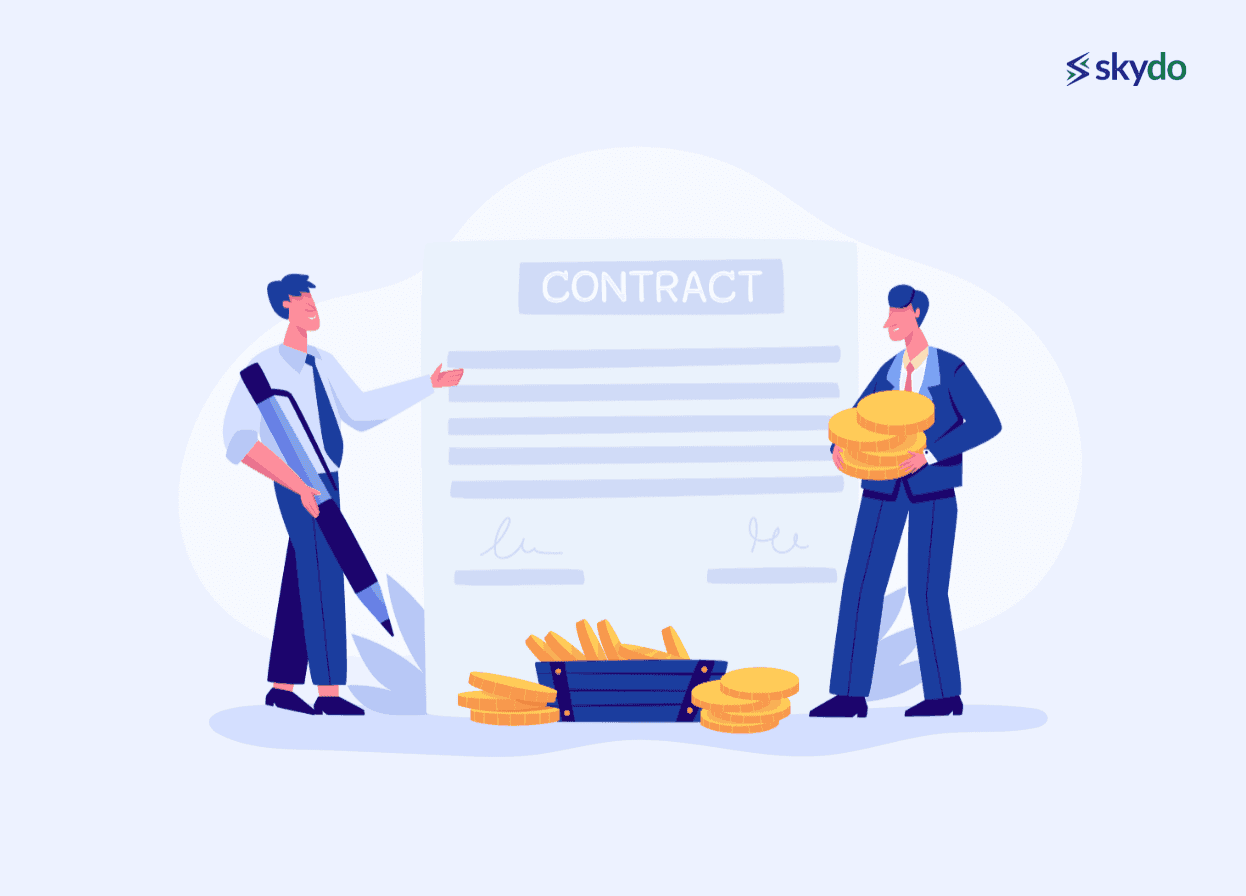Top Sales Strategies to Boost Revenue for Your Tech Export Business



The standard checklist for setting up a global tech export business seems as follows:
- Market Research
- Business Plan
- Legal and Regulatory Compliance
- Funding
- Infrastructure and Technology
- A great team of experts
- Marketing and Branding
- International Partnerships and Networks
However, despite checking all the boxes, a prominent challenge arises: generating/increasing sales and boosting revenue.
You may have the best product or be the best service provider in the market. Yet, without the appropriate distribution channel, it can hamper your growth. How will your target audience know what you offer without any form of marketing or sales strategies? Thus, your sales strategies become as vital as your product, if you want your business to do well.
But before delving deeper into generating sales and revenue, here’s the difference between sales and business development.
Sales vs. Business Development: Understanding the Difference
Business development and sales can be simplified as 'finding potential customers' and 'closing deals.'
Business development representatives search for suitable leads and direct them to the sales team, making it easier to approach and sell to interested prospects.
Both functions are essential for revenue generation, as sales bring in immediate revenue, and business development lays the groundwork for the sales team.
Similarly, there is an overlap/interconnection between sales and marketing functions that you can leverage to generate revenue.
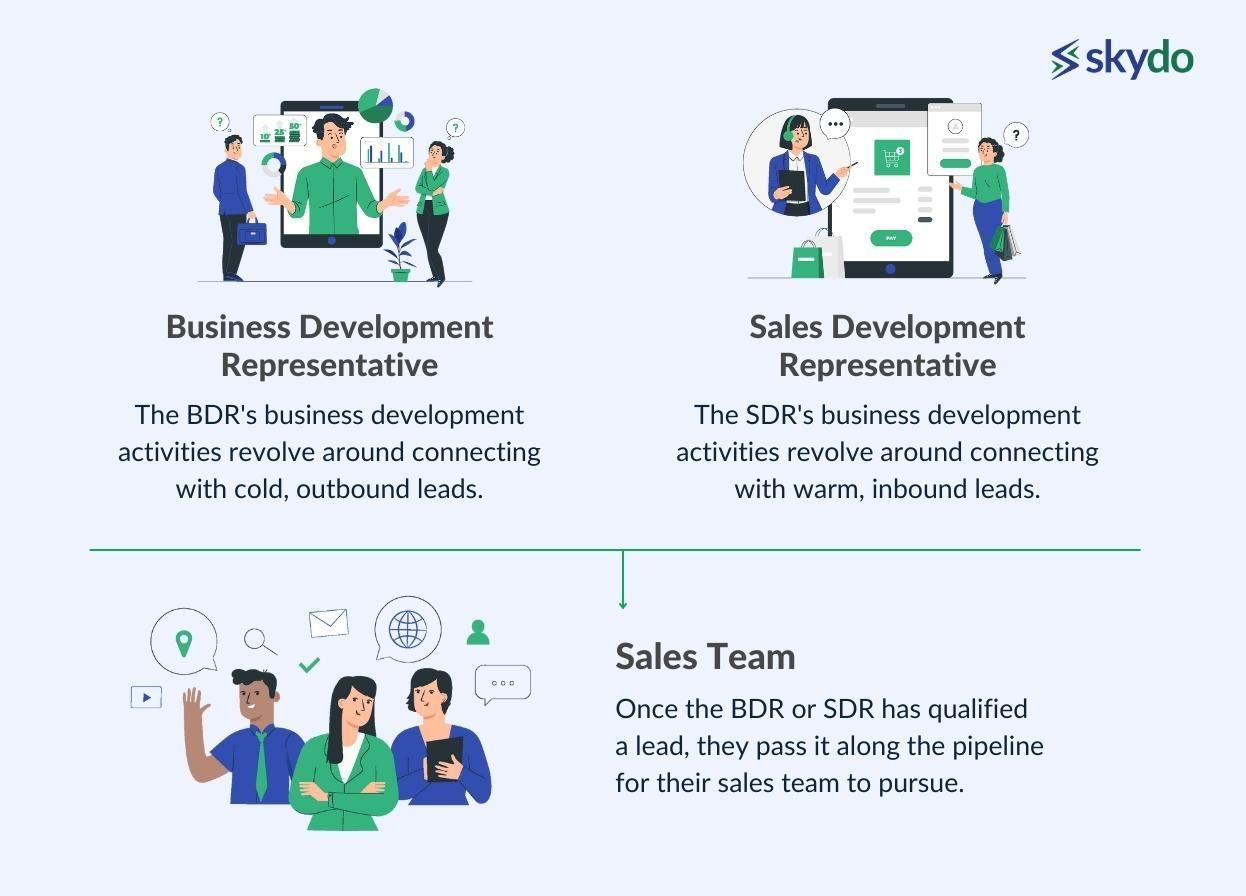
Fig1: Functions of BDRs/SDRs and the Sales Team, Source
Why Is a Sales Strategy Important?
A well-crafted sales strategy is indispensable for the growth and success of any business. It acts as a guiding map for future planning, problem-solving, goal-setting, and management.
Providing clear direction and focus for your team, an effective sales strategy ensures strategic clarity, helping sales representatives and managers prioritize goals and activities, leading to heightened productivity and improved outcomes.
Consistent messaging fosters trust and effectiveness with prospects, partners, and customers. A robust sales strategy optimizes opportunities by tailoring approaches to target the right prospects.
Moreover, it aids in resource allocation, allowing teams to use their time, effort, and resources efficiently, enhancing their ability to concentrate on high-potential deals. Whether employing outbound or inbound sales strategies for startups or B2B scenarios, the importance of a well-defined sales strategy cannot be overstated, serving as a linchpin for success in a competitive business landscape.
Types of Sales Strategies
Beyond technology, your sales approach plays an equally vital role. Various types of sales approaches exist including the following:
- Soft sell: Focuses on building relationships and subtly influencing customers to make a purchase.
- Hard sell: Emphasizes closing the sale quickly, often using high-pressure tactics.
- Consultative selling: Involves understanding customer needs, providing expert advice, and offering personalized solutions.
- Solution selling: Focuses on positioning the product or service as a solution to the customer's specific problems or challenges.
- Networking: Involves building and nurturing relationships with potential customers through networking events and referrals.
- Transactional selling: Emphasizes quick, one-time sales transactions with little focus on building long-term relationships.
- Provocative selling: Challenges the customer's existing beliefs or assumptions to create a need for the product or service being offered.
- The Guru: The salesperson positions themselves as an expert or authority figure, providing valuable insights and guidance to customers.
- The instant buddy: Involves quickly establishing a friendly and personal connection with the customer to create a sense of trust and rapport.
The consultative sales approach is considered to be the best suited for the tech exports industry.
Sales Strategy Examples
Here are a few examples of sales strategies.
- Inbound Sales Strategies: Inbound sales strategies involve attracting potential customers through content marketing, SEO, and social media while providing valuable content that addresses customer needs and pain points. Additionally, lead magnets such as ebooks or webinars can be used to capture leads.
- Outbound Sales Strategy: This sales strategy involves proactively reaching out to potential customers through cold calling, email outreach, or direct mail, personalising communication to demonstrate an understanding of the prospect's needs, and leveraging targeted lists and data-driven approaches for outreach.
- Strategic Partnerships: Collaborating with other businesses can help extend your reach and access new customer segments. Creating mutually beneficial partnerships can enhance your overall value proposition and leverage shared resources and expertise. This approach can open up new opportunities and lead to greater success.
The Overlap Between Sales and Marketing - MQLs and SQLs
A Sales-Qualified Lead (SQL) has already been thoroughly researched and approved by the marketing department and is now ready for the sales team to engage with. A Marketing-Qualified Lead (MQL) is someone who has interacted with your company and has the potential to become a customer if they are properly nurtured.
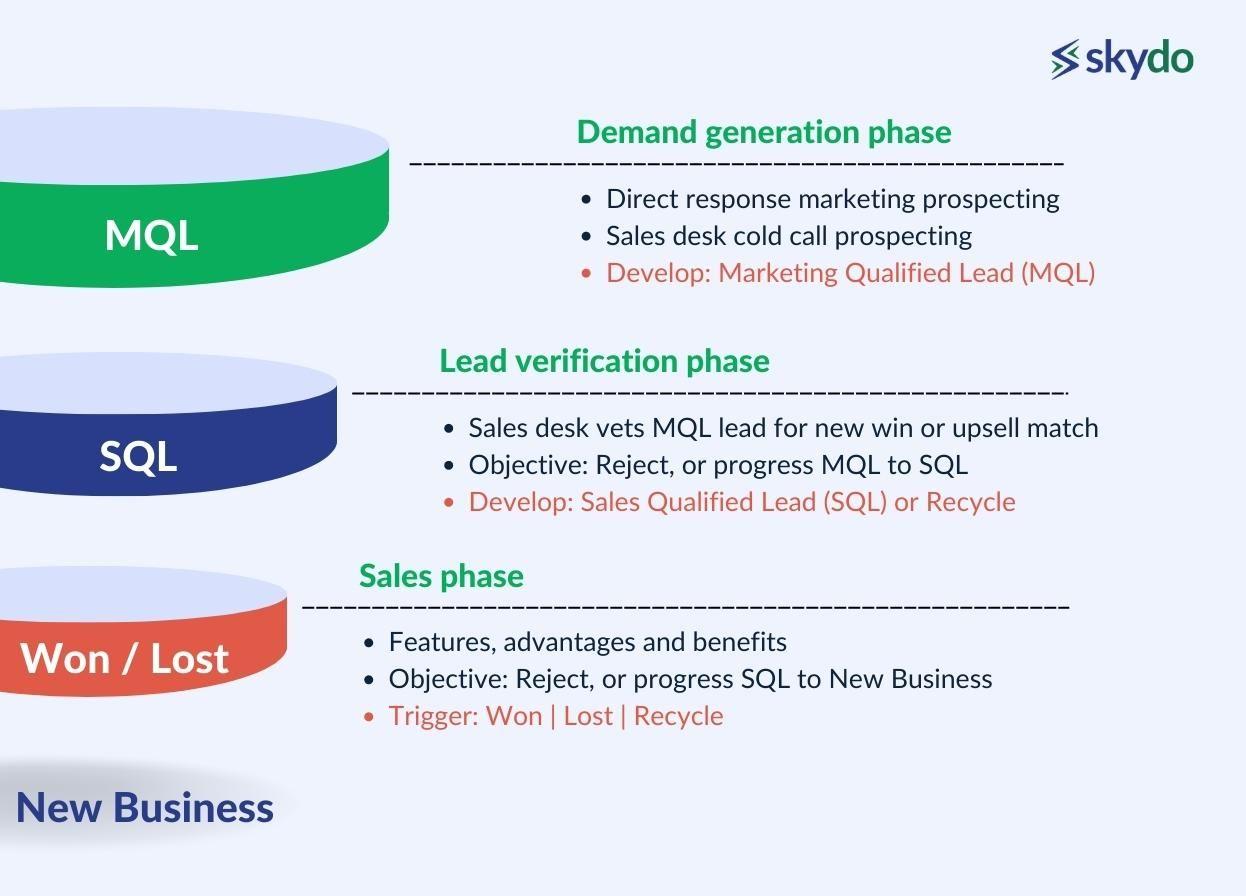
Fig2: Difference between MQLs and SQLs, Source
For instance, your marketing team publishes a blog on your website. If someone from your target audience spends significant time reading the blog and clicks on the CTA (Call to Action) at the end, this could indicate a valuable MQL.
However, this doesn't necessarily mean that the prospect is ready to purchase your service. Your marketing team will need to guide this lead through the buyer's journey until they are ready to talk with your sales team. Once an MQL is ready to talk to the sales team, it becomes an SQL.
The Consultative Sales Approach
Consultative selling is an essential skill for tech export service providers. This method emphasises building trust and providing value to potential customers by first understanding their needs before providing a solution.
Imagine you walk into a mobile store looking to buy a new mobile for your mom. As soon as you step in, a salesperson approaches you and starts pitching the latest mobile phone collection with high-tech features without even asking what you are looking for. Overwhelmed and frustrated, you leave the store without making a purchase.
Similarly, it's important to fully comprehend your potential customer’s needs and tailor your sales pitch accordingly. When they feel valued and confident with your service, they will be more likely to purchase with satisfaction, knowing they have made the right decision.
This entire process/approach largely relies on the level of training given and the expertise of your sales team, too.
Upselling and Cross-Selling
Once a customer makes a purchase, there are still plenty of opportunities for additional business and revenue through upselling and cross-selling. A survey among over 500+ sales professionals revealed that 72% of those who upsell and 74% who cross-sell reported an increase of up to 30% in revenue.
Upselling is a sales strategy used to encourage customers to buy extra or improved services. For example, if you provide software development services, you can upsell by suggesting premium support packages or customised features that will improve the customer's experience and cater to their unique requirements.
Cross-selling is another sales strategy where a tech export service business offers complementary or related services to existing customers. For instance, if a customer buys software development services, you cross-sell cybersecurity consulting to protect their data.
Client Relationship Management
Developing robust customer relationships is essential for building trust and loyalty. To manage these connections effectively, businesses can rely on CRM tools. These tools allow them to track customer interactions, manage sales pipelines, and analyse customer data to gain valuable insights.
Some of the most popular CRM tools are Salesforce, HubSpot, and Zoho CRM, which offer contact management, sales automation, and customer support features. By leveraging these tools, you can enhance your overall relationship management efficiency.
Hiring and Training Your Sales Team
A strong sales team is like a well-oiled machine that drives a business forward. As the engine powers a car, sales professionals propel revenue growth, navigate obstacles, and steer the company toward success.
Here are some tips for hiring people to create your desired sales team.
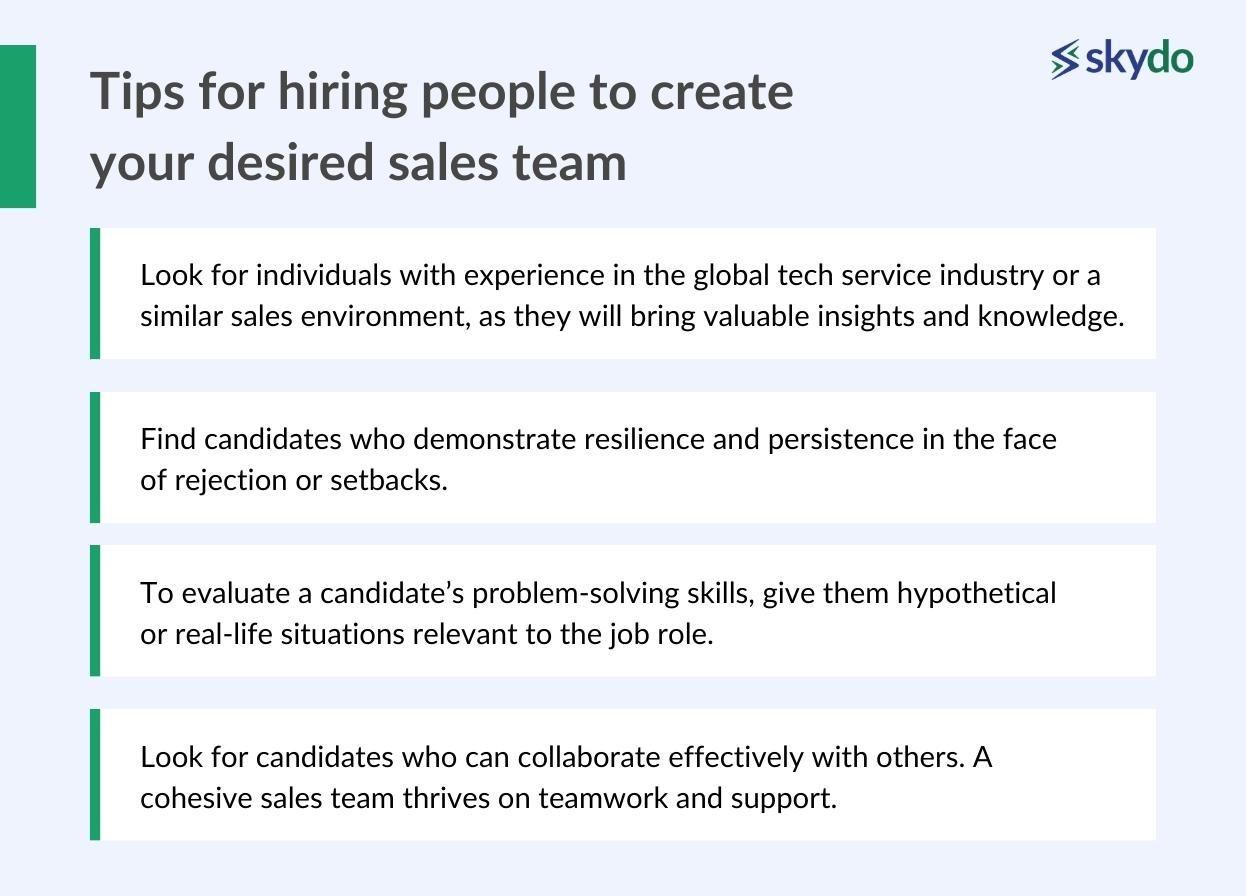
- Look for individuals with experience in the global tech service industry or a similar sales environment, as they will bring valuable insights and knowledge.
- Find candidates who demonstrate resilience and persistence in the face of rejection or setbacks.
- To evaluate a candidate’s problem-solving skills, give them hypothetical or real-life situations relevant to the job role.
- Look for candidates who can collaborate effectively with others. A cohesive sales team thrives on teamwork and support. Thus, individuals who can contribute positively to the team dynamic are invaluable.
To help your sales team stay on track, it's important to establish frameworks and KPIs. This creates a roadmap and compass for everyone to follow, ensuring everyone is aligned and focused on goals. It also allows for effective progress monitoring, which leads to increased productivity and, ultimately, success.
Here is the step-by-step process for creating a comprehensive framework and KPIs for your sales team:
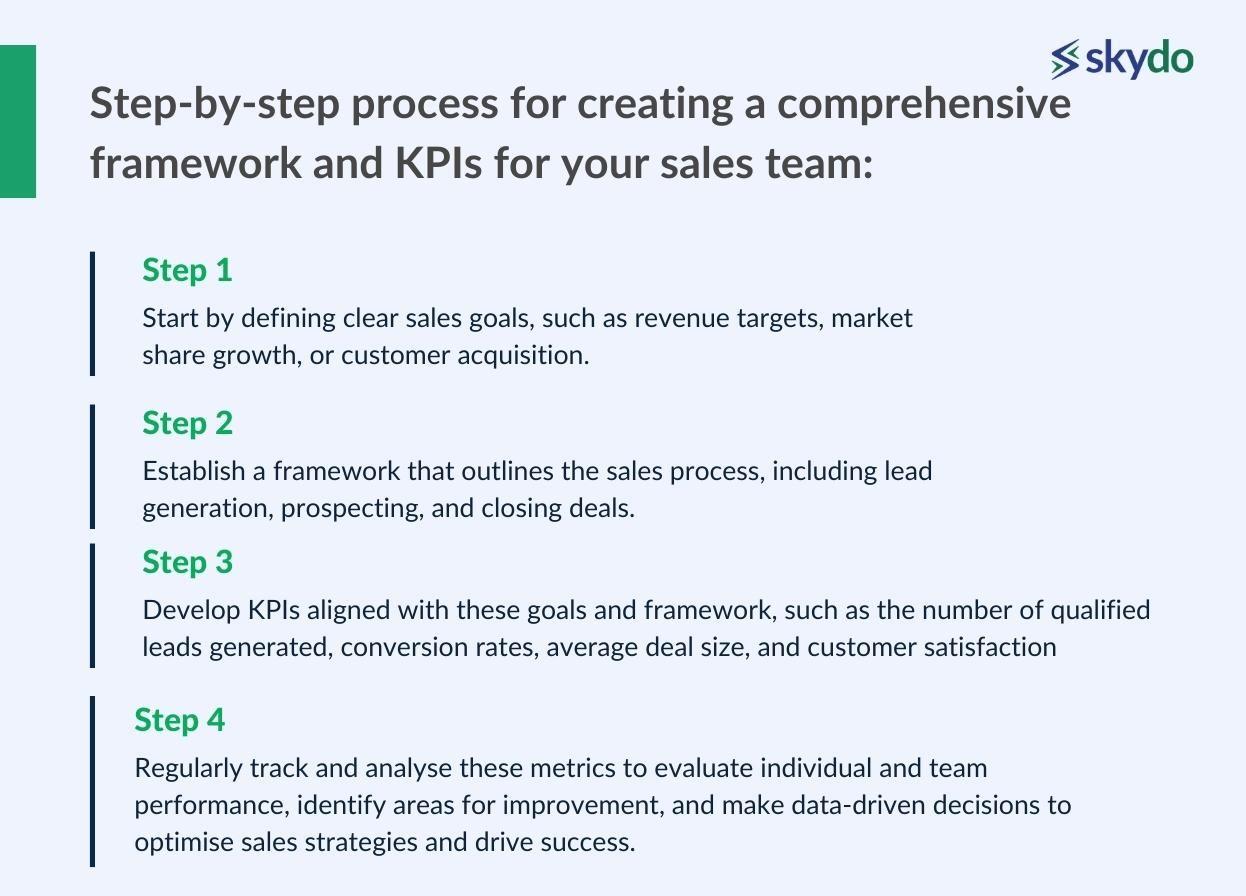
- Step 1: Start by defining clear sales goals, such as revenue targets, market share growth, or customer acquisition.
- Step 2: Establish a framework that outlines the sales process, including lead generation, prospecting, and closing deals.
- Step 3: Develop KPIs aligned with these goals and framework, such as the number of qualified leads generated, conversion rates, average deal size, and customer satisfaction.
- Step 4: Regularly track and analyse these metrics to evaluate individual and team performance, identify areas for improvement, and make data-driven decisions to optimise sales strategies and drive success.
Harnessing the Power of Technology in Sales
Artificial intelligence (AI) is one of the most powerful technologies today to streamline sales processes, save time and resources for small businesses, and improve results. AI offers numerous benefits to small businesses, particularly in sales, including:
1. Streamlining Sales Processes
AI saves time and allows sales professionals to focus on strategic activities. CRM systems like HubSpot or Salesforce can automatically capture and update customer data, ensuring accurate and up-to-date information is available for effective customer engagement.
2. Automating Repetitive Tasks
AI tools automate repetitive tasks and allow sales professionals to focus on building relationships and closing deals. Tools like Salesforce Einstein can automate email follow-ups based on predefined triggers for timely communication with prospects and customers.
3. Sales Analytics and Reporting
Tools like Tableau or Power BI can integrate with CRM systems to provide real-time insights into sales performance and customer behaviour. This way, you can leverage the data from these dashboards to modify your sales strategy accordingly.
4. Personalisation and Customer Insights
AI analyses customer data to personalise sales strategies. It processes purchase history, browsing behaviour, and demographic data and identifies patterns. This enables sales teams to tailor their approach and provide personalised customer recommendations. Amazon uses AI to suggest products based on a customer's previous purchases and browsing history.
5. Sales Forecasting
AI-powered sales forecasting models analyse historical data and market trends to predict future outcomes, helping businesses allocate resources efficiently and set realistic targets. Tools like Zoho CRM use AI algorithms to provide accurate sales forecasts.
However, successful implementation of AI tools requires careful planning, employee involvement, and a commitment to ongoing optimization. Here are some tips for choosing your AI tools to boost your sales process.
- Identify specific business needs and goals before selecting AI tools. For example, if you’re looking to enhance customer service, you will need an AI tool that will help you automate certain customer interactions to save time and increase productivity.
- Research and compare available AI solutions to find the best fit for your requirements.
- Ensure compatibility and integration capabilities with existing sales processes.
- Consider the scalability, cost-effectiveness, and user-friendliness of AI tools.
- Provide adequate training and support to employees during implementation.
- Monitor and evaluate the performance of AI tools regularly for continuous improvement.
Additional Resources for Mastering Sales
Becoming a sales master requires learning and adapting to evolving customer trends to elevate your sales strategies. "Advanced Selling Strategies" by Brian Tracy is the way to go. This book delves into advanced techniques for successful selling, such as prospecting, closing deals, and effective communication.
Another great resource is the podcast by Steve Kloyda, also known as the "Prospecting Expert." Tune in to his podcast, where he shares personal stories and practical tips on finding potential clients, qualifying leads, and filling your pipeline. It is the perfect avenue for sales professionals looking to improve their relationships with their leads.
Get Started Now!
Mastering the art of sales is no easy feat, especially in the ever-evolving landscape of tech service exports. However, armed with the right strategies and a clear roadmap, you can unlock the secret to revenue-boosting success.
Check out the practical 30/60/90-day sales training roadmap you can use to train your newly hired sales team and watch your sales team soar to new heights!
Frequently Asked Questions
Q1. What are sales strategies?
Ans: Sales strategies are carefully planned approaches to selling products or services, aiming to maximise revenue and achieve business goals. They involve techniques, tactics, and actions designed to attract and retain customers, ultimately driving sales growth.
Q2. What are examples of sales strategies?
Ans: Examples of sales strategies include B2B strategies, outbound and inbound strategies, online sales approaches, and sales enablement tactics. These may involve leveraging digital platforms, optimising customer relationships, and employing diverse techniques to reach target markets effectively.
Q3. What are the strategies to increase sales?
Ans: To increase sales, businesses can adopt various strategies such as implementing effective marketing and sales strategies, optimising online presence, utilising inbound and outbound sales approaches, and employing sales enablement techniques. Strategies to improve sales involve understanding customer needs and tailoring efforts to meet them.
Q4. How to develop sales strategies?
Ans: Developing sales strategies involves analysing market trends, understanding customer behaviour, setting clear objectives, and aligning sales and marketing efforts. Businesses can explore different sales techniques and strategies, tailor them to their industry, and continuously refine their approach based on performance data.
Q5. How can I promote my tech export business?
Ans: Promoting a tech export business involves using B2B sales strategies, implementing effective online sales strategies, and leveraging marketing and sales techniques tailored to the tech industry. Use digital platforms, engage in outbound and inbound marketing, and build strategic partnerships to enhance visibility and attract potential clients.




